
Fishing gear imported to and manufactured in the United States is subject to various regulations and other compliance requirements. Examples include California Proposition 65 and the CPSIA.
The applicable compliance requirements depend on the intended age group, materials, where you sell the products, and other factors explained in this article. Continue reading Fishing Gear Regulations in the United States: An Overview


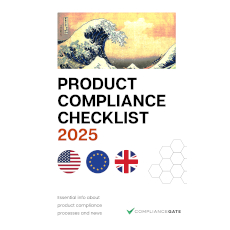
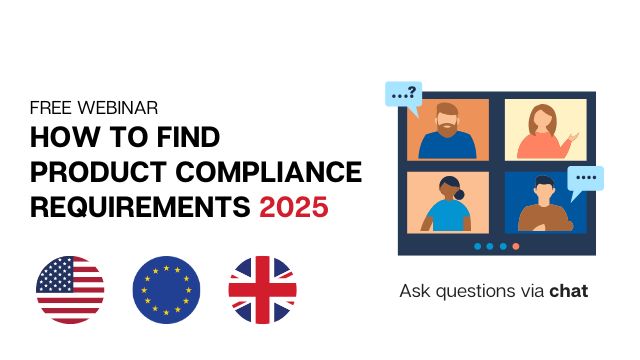
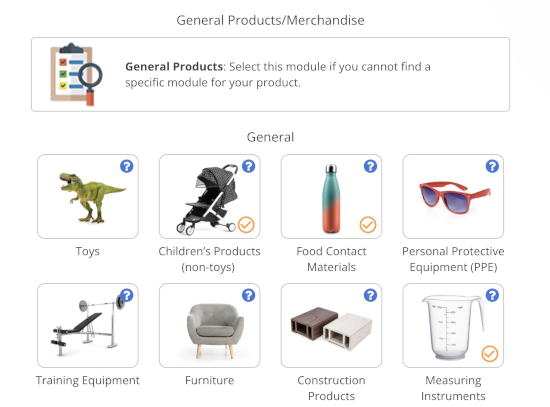


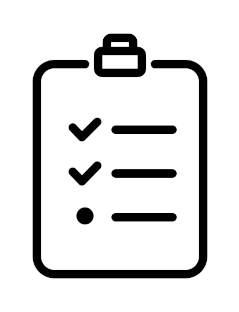








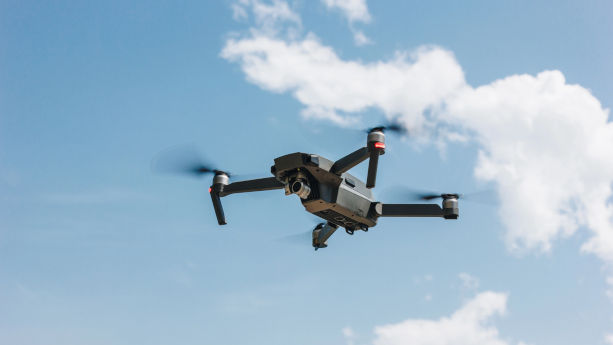
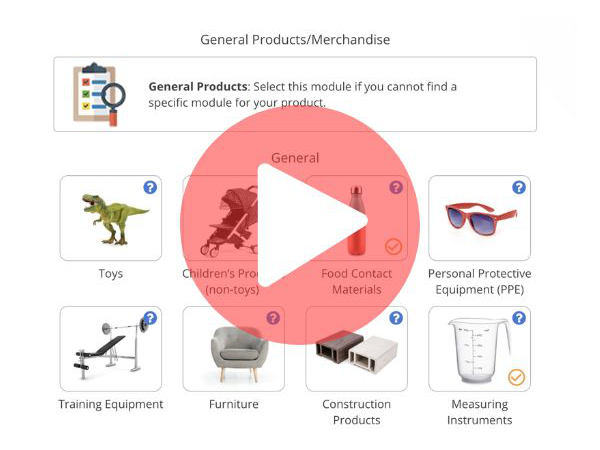
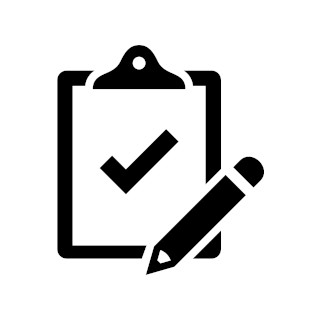 Create compliance checklists for your product (US, EU & UK)
Create compliance checklists for your product (US, EU & UK)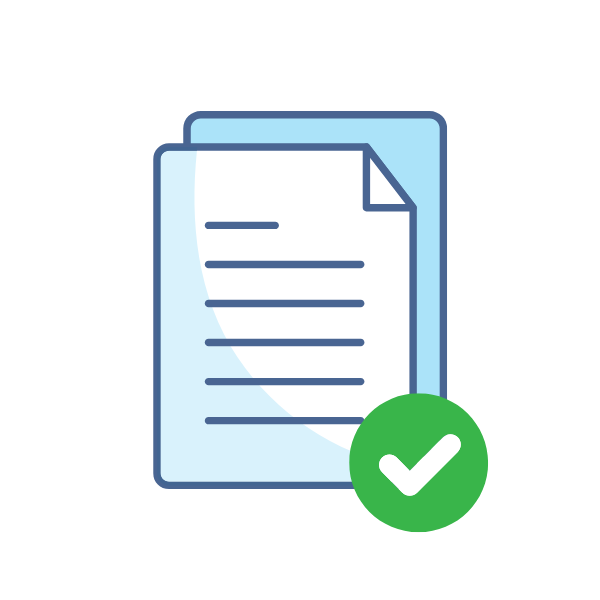 20+ product certificate templates
20+ product certificate templates Create label files
Create label files Book product testing
Book product testing